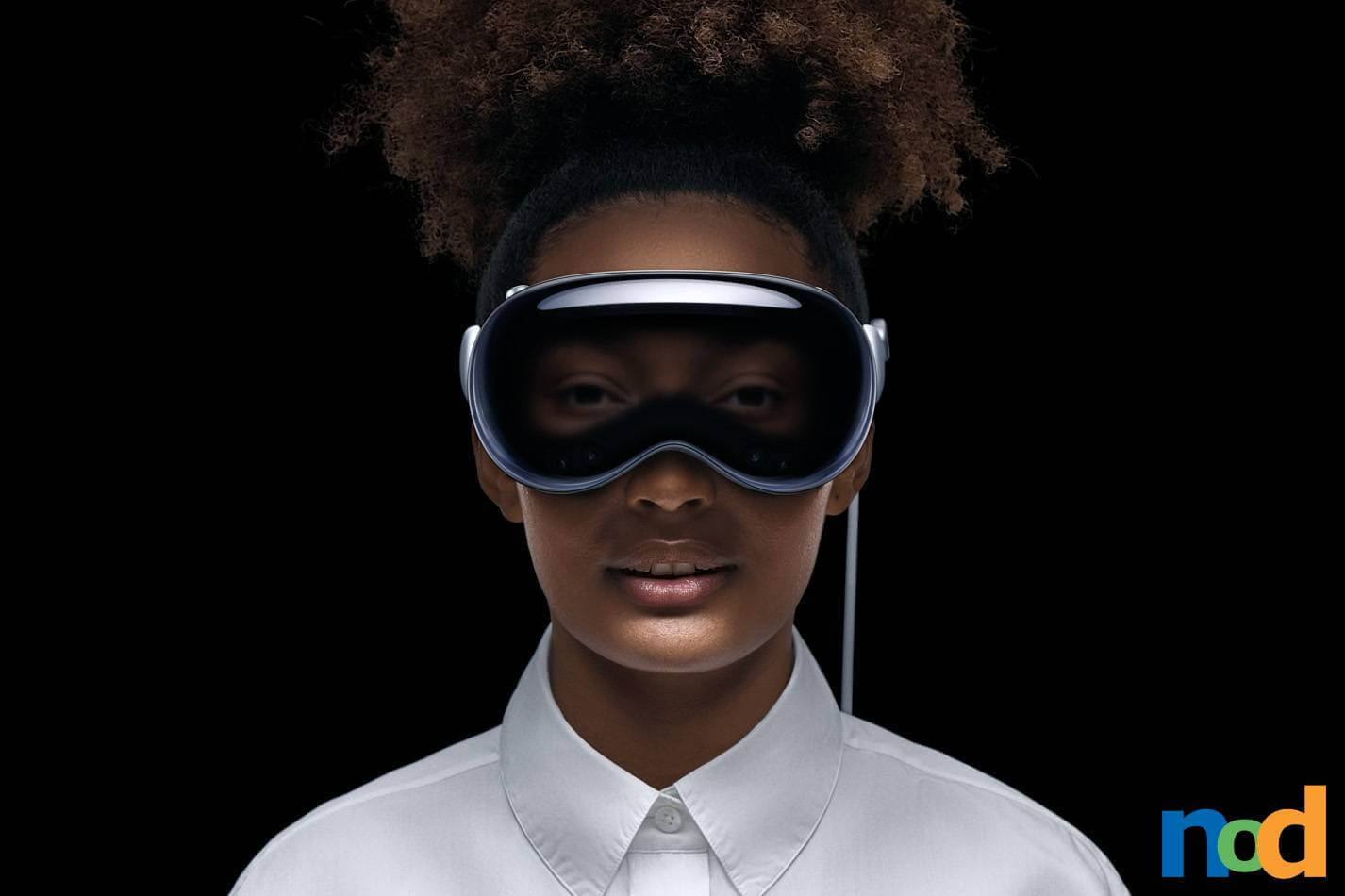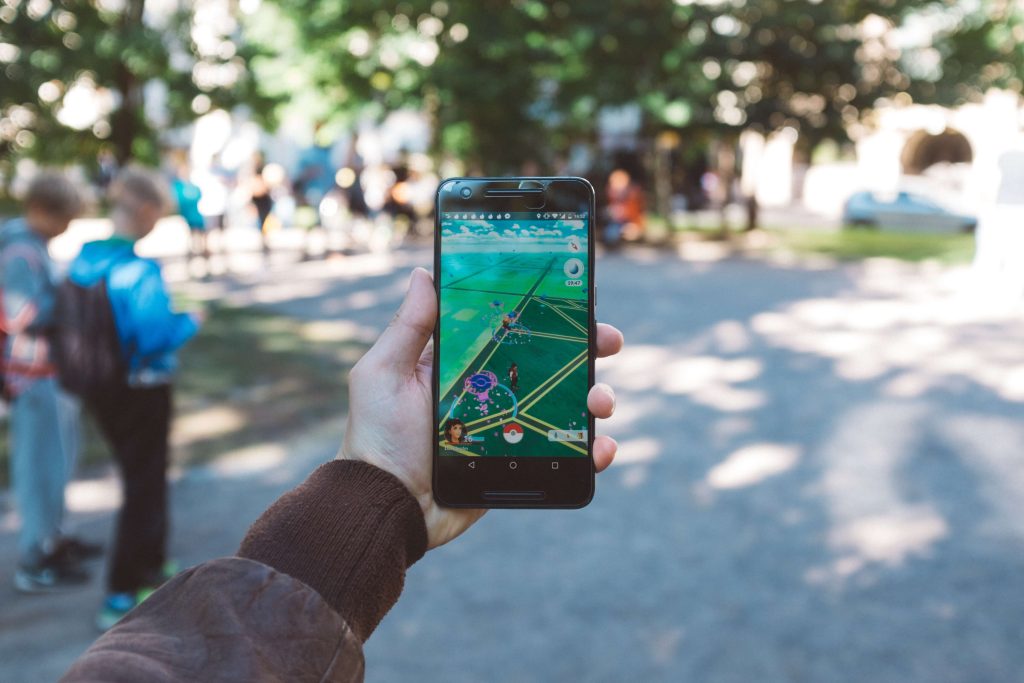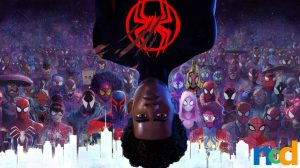Designing In Augmented Reality
byTaylor Slattery| July 14, 2023

Augmented Reality, or AR, as it’s commonly abbreviated, is once again making headlines with the announcement ofApple’slatest piece of wearable tech,Vision Pro. While most of the attention seems to be focused on the headset’s steep price tag of $3,499, when a tech giant like Apple ventures into a new space like wearable AR gadgets, the rest seem to follow. Which begs the question—what does the future of AR design look like and how as designers can we start to think about its possible applications to stay ahead of the curve?
What is Augmented Reality(AR)?
Even if you’re unfamiliar with the term “augmented reality”, chances are you’ve already experienced it in one form or another. Augmented Reality is the process of rendering digital overlays and applications over real-world surfaces and settings. Contrary to Virtual Reality (VR), AR incorporates the surrounding world into the technological process, whereas VR isolates the user’s vision within a strictly digital-based setting.
In the summer of 2016,Pokémon GOtook the world by storm. The game brought the popular franchise into the real world via AR, encouraging players to get outside and explore their surroundings in pursuit of rare monsters and location-specific events and items. Because the game was app-based and free to play, it allowed the franchise to tap into new audiences and age demographics who might not be willing to engage with the series in its other forms like trading cards or traditional handheld and console-based video games.
第二年,FacebookreleasedSpark AR, a studio tool used primarily for creating the sorts of “filters” you’ve probably used yourself in apps likeSnapchatandInstagram. Since then, we’ve also seen AR technology utilized for the creation of NFTs and various other novelties, but the announcement of Apple’s Vision Pro feels like the first real attempt a major company has made toward making AR a more integrated part of how we create and interact with digital content. Despite the prohibitively expensive price of Vision Pro, the success of this product launch and the scale of its adoption are bound to have a major impact on the direction AR technology and design take into the future.

The Future of AR Design
Regardless of whether or not the Vision Pro is largely successful at launch, there is sure to be a swarm of budget-friendly copycats looking to capitalize on the buzz surrounding wearable AR tech. As the user base of these devices grows, so will the ways in which it’s used, with new needs requiring new tools to meet those demands. If you’re already anAdobe Creative Cloudsubscriber, the good news is, you can get started experimenting with AR today.
Adobe Aero is an easy-to-use tool for creating immersive AR experiences from your tablet or phone. It integrates with the rest of the Creative Cloud, so you’re only limited by your imagination in terms of what you choose to create.
Photoshop, Illustrator, XD, and After Effects can all be utilized alongside Aero to start bringing your ideas for immersive AR designs to life. It’s not hard to imagine a near future where popular tourist destinations use AR experiences tied to GPS coordinates to provide visitors with historical insights or online shops allow visitors to access a storefront in AR to browse around without leaving their homes.
A New Landscape for Artists & Designers Alike
While the adoption of AR technology so far has mostly been rooted in novelty rather than any sort of practical use, the fact is, things like Pokémon Go and filters via Instagram and Snapchat were widely adopted across several generations of users, and consequently, had a profound cultural impact.
作为我们的硬件设备越来越最小值l and intuitive in design, with our voices and environments playing a larger role in how we interact with them, the barriers faced by less tech-savvy users will continue to diminish. All signs seem to point toward a future where AR is an integral part of how we use our devices.
While AR is still in its fairly early stages of cultural adoption and development, those looking to strike while the iron’s hot and start a career designing in augmented reality should consider gaining some professional education experience inAdvertising Designand/orMultimedia Arts.
These fields in particular will help prepare you for a future of designing specifically for and within digital landscapes at a capacity which millions have already started to utilize on a daily basis. The future of AR is only going up from here, and with it, exciting career opportunities for upcoming artists & designers who are prepared for this next digital medium.

Taylor is the Managing Editor of Notes on Design. Taylor is a graphic designer, illustrator, and Design Lead atWeirdsleep.










